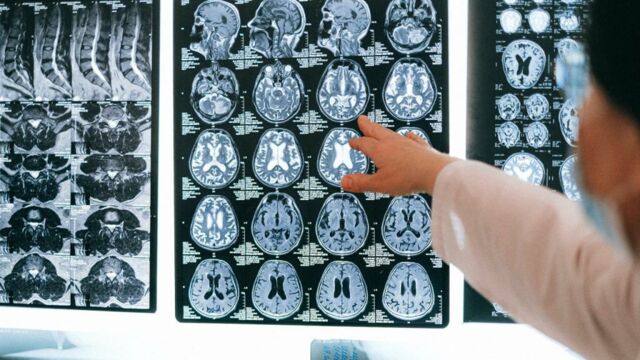Given that COVID is a very recent phenomenon, the full consequences of infection are still unknown. However, British researchers from Yale University have been investigating the possible neurological consequences of the disease, in collaboration with the British Medical Journal.
Discover our latest podcast
Grey matter atrophy
Their results have shown that the virus causes ‘atrophy’ of the brain’s grey matter. What does that mean?
In summary, 40% of your brain is composed of grey matter which is home to most of the organ’s neuronal cell bodies. It's in charge of storing information and performing mental operations.
Grey matter atrophy is when the matter starts to reduce in size. The shrinking of grey matter in different parts of the brain has been linked to various serious conditions. Medical News Today reported that a low amount of matter in the hippocampus may be associated with Alzheimer’s disease, depression, and post-traumatic stress disorder.
COVID complication
To investigate the neurological complications of COVID, scientists analysed MRI scans of 45,000 people since 2014. They then compared these results with those obtained from MRI scans of COVID-infected patients. The initial findings revealed a difference in thickness of grey matter. The study states, as quoted by Ouest France:
We observed a more pronounced reduction in grey matter thickness and contrast in the lateral orbitofrontal cortex, an increase in tissue lesions in brain regions functionally connected to the piriform cortex (...) as well as a greater reduction in global measures of brain size and an increase in cerebrospinal fluid volume.
The findings are yet to be validated by other studies, but it could allow us to get a better understanding about the consequences of infection. Furthermore, it could give us more insight into the widespread occurrence of long COVID in particular.















